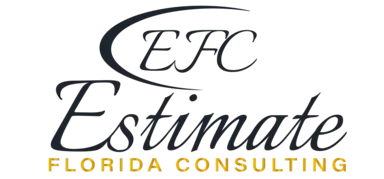Wiring a 50-story High-Rise in Downtown Miami
Setting the scene in Downtown Miami, we imagine a towering 50-story mixed-use building that stands as a beacon of modernity and sophistication. This skyscraper likely features retail spaces on the lower floors, bustling with activity; office spaces in the middle floors, serving as hubs for productivity; and luxurious condos on the upper floors, offering panoramic views of the city and the ocean. We’re looking at a colossal 750,000 to 1,000,000 square feet of space that demands a robust electrical system to power everything from basic lighting to advanced HVAC systems and smart home technologies.
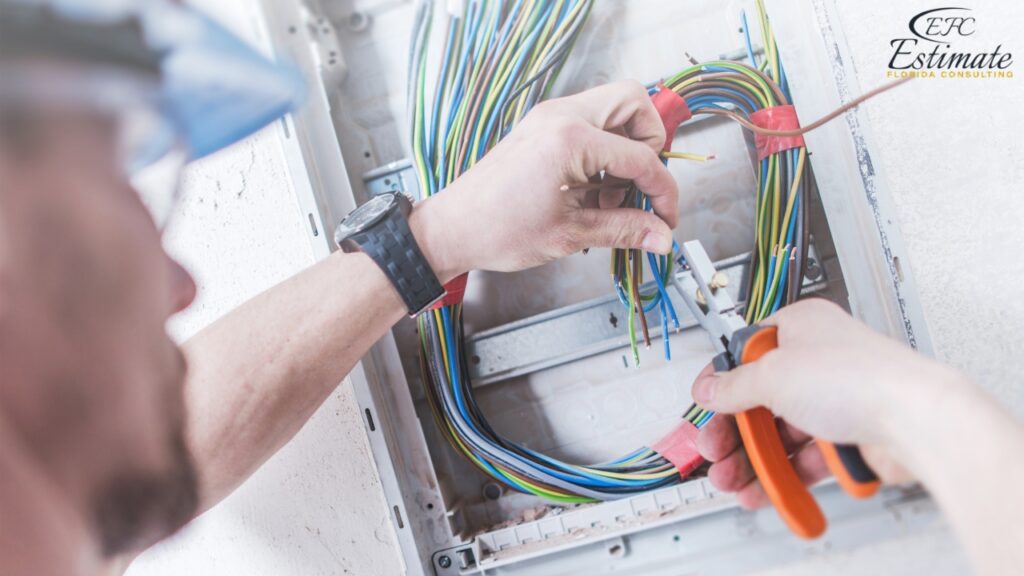
This isn’t your grandpa’s fuse box we’re dealing with here, folks; it’s a state-of-the-art electrical infrastructure capable of supporting a small city’s worth of activities.
Main Electrical Service and Distribution
Cost Breakdown
The main electrical service and distribution is the heartbeat of the building’s electrical system. We’re talking about massive switchgear, transformers that could power a small town, and enough copper bus bar to make a scrap metal dealer weep with joy. At an estimated cost of $4 to $6 per square foot, this backbone infrastructure comes with a hefty price tag, but it’s crucial for keeping the lights on, the elevators running, and every electrical appliance in the building humming smoothly. The sheer scale and complexity of this infrastructure cannot be understated, as it forms the central hub from which all other electrical systems emanate.
Component | Estimated Cost ($ per sq ft) | Total Estimated Cost |
Main Electrical Service and Distribution | $4 – $6 | $4,000,000 – $6,000,000 |
Importance and Challenges
This component is essential because it ensures that electricity is distributed efficiently and reliably throughout the entire building. The challenges involved in setting up such a system are significant, particularly in a high-rise building. The complexity of managing electrical loads, ensuring safety, and complying with stringent building codes cannot be overstated. Moreover, the sheer scale of the project means that every decision must be carefully considered to avoid costly mistakes and ensure long-term reliability and performance. Each part of this system must be meticulously planned and executed to handle the demands of a high-rise environment.
Branch Circuit Wiring
Cost Breakdown
Branch circuit wiring is the network of wires that distribute power from the main electrical service to every outlet, light switch, and appliance in the building. At a cost of $10 to $13 per square foot, this phase covers all the wiring that branches out from your main distribution to power everything from light switches to HVAC systems. This isn’t just a matter of running wire horizontally – in a high-rise, the complexity increases significantly as you’re dealing with extensive vertical runs, which adds both complexity and cost. Ensuring that every floor receives the right amount of power without overloads is a meticulous process.
Component | Estimated Cost ($ per sq ft) | Total Estimated Cost |
Branch Circuit Wiring | $10 – $13 | $7,500,000 – $10,000,000 |
Vertical Wiring Complexity
Wiring a high-rise involves not just horizontal runs but extensive vertical installations, which is far more complex than typical residential wiring. This increases the complexity and requires specialized techniques and equipment to ensure reliability and safety. The challenge of ensuring consistent and reliable power delivery across numerous floors, dealing with potential interference, and maintaining safety standards makes this a particularly critical and expensive part of the project. Proper vertical wiring ensures that the entire building can operate seamlessly, from the ground floor to the top.
Lighting Fixtures and Controls
Cost Breakdown
Lighting fixtures and controls are an essential part of any building, and in a high-rise, they take on an even greater importance. At a cost of $5 to $6.50 per square foot, this includes all your light fixtures, from the swanky chandeliers in the lobby to the recessed cans in the condo bathrooms. Smart lighting controls, which allow for automation and energy savings, are now considered standard rather than a luxury, making this an important investment for both functionality and efficiency. These systems not only enhance the aesthetic appeal of the spaces but also contribute to energy efficiency and user convenience.
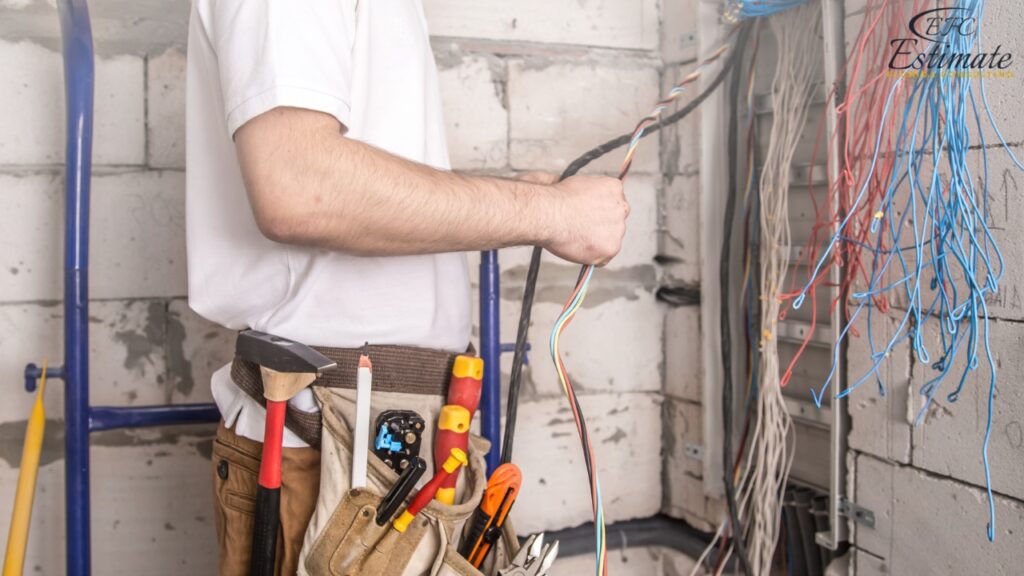
Component | Estimated Cost ($ per sq ft) | Total Estimated Cost |
Lighting Fixtures and Controls | $5 – $6.50 | $3,750,000 – $5,000,000 |
Smart Lighting Integration
Smart lighting controls are more than just a trendy addition; they offer substantial benefits in terms of energy efficiency, convenience, and ambiance. These systems allow building occupants to control lighting levels, colors, and schedules, often through mobile apps or integrated building management systems. This not only enhances the living and working experience but also contributes to significant energy savings, reducing the building’s overall operational costs. Integrating smart lighting can lead to improved energy management, reducing the building’s environmental footprint and operational expenses.
Low Voltage Systems
Cost Breakdown
Low voltage systems cover a wide range of critical infrastructure, including fire alarms, security systems, access controls, and telecommunications. At a cost of $4 to $6 per square foot, these systems play a crucial role in ensuring the safety, security, and connectivity of the building. Investing in robust low voltage systems is essential for protecting the building and its occupants, providing reliable communication channels, and meeting regulatory requirements. These systems are integral to the building’s operation, ensuring safety and seamless communication.
Component | Estimated Cost ($ per sq ft) | Total Estimated Cost |
Low Voltage Systems | $4 – $6 | $3,000,000 – $4,500,000 |
Fire Alarm and Security Systems
Low voltage systems are essential for safety and communication. Fire alarms, security systems, and access controls are critical in protecting both the building and its occupants. These systems need to be meticulously designed and installed to ensure they function correctly in an emergency, providing early warning and facilitating safe evacuation. Additionally, security systems help protect against unauthorized access and other potential threats, adding an extra layer of protection for residents and businesses. Reliable low voltage systems ensure that the building is not only safe but also compliant with local regulations and standards.
Get 5 New Leads Next 7 Days With Our System
- Multi-Family Building
- Hotel Building
- Hospital Building
- Warehouse Building
- High-Rise Building
- Shopping Complex
Emergency Power Systems
Cost Breakdown
In Miami, where hurricanes are as common as beach selfies, a robust emergency power system isn’t just nice to have – it’s essential. At $3 to $4 per square foot, this includes generators, automatic transfer switches, and emergency distribution panels. These systems ensure that essential services remain operational during power outages, providing safety and peace of mind for all building occupants. The investment in emergency power systems is crucial for maintaining operations during adverse conditions, ensuring the building’s resilience.
Component | Estimated Cost ($ per sq ft) | Total Estimated Cost |
Emergency Power Systems | $3 – $4 | $2,250,000 – $3,000,000 |
Importance in Miami
Given Miami’s susceptibility to hurricanes and severe weather, having a reliable emergency power system is non-negotiable. It ensures that critical systems such as elevators, lighting, and HVAC continue to function during power outages, which can be frequent and prolonged. This not only enhances the safety and comfort of the building’s occupants but also protects valuable equipment and systems from damage caused by power interruptions. In the event of an emergency, these systems are a lifeline, ensuring continuity and safety.
Elevator and Specialty Systems
Cost Breakdown
Elevators in a 50-story building aren’t just moving people; they’re practically time machines. The electrical requirements are massive, and at $2 to $3.30 per square foot, they’ll take a significant bite out of your budget. These systems need to be highly reliable and efficient to handle the heavy usage typical in a high-rise environment, ensuring smooth and safe transportation for residents and visitors. The installation and maintenance of these systems are critical to the building’s functionality and user satisfaction.
Component | Estimated Cost ($ per sq ft) | Total Estimated Cost |
Elevator and Specialty Systems | $2 – $3.30 | $1,500,000 – $2,500,000 |
High-Rise Elevator Requirements
High-rise elevators require substantial electrical power and sophisticated control systems to operate efficiently and safely. This makes them one of the more significant cost components in a high-rise electrical budget. The design and installation of these systems must consider factors such as speed, capacity, energy efficiency, and redundancy to ensure that they meet the needs of the building’s occupants while maintaining high safety standards. Reliable elevator systems enhance the user experience and ensure efficient vertical transportation.
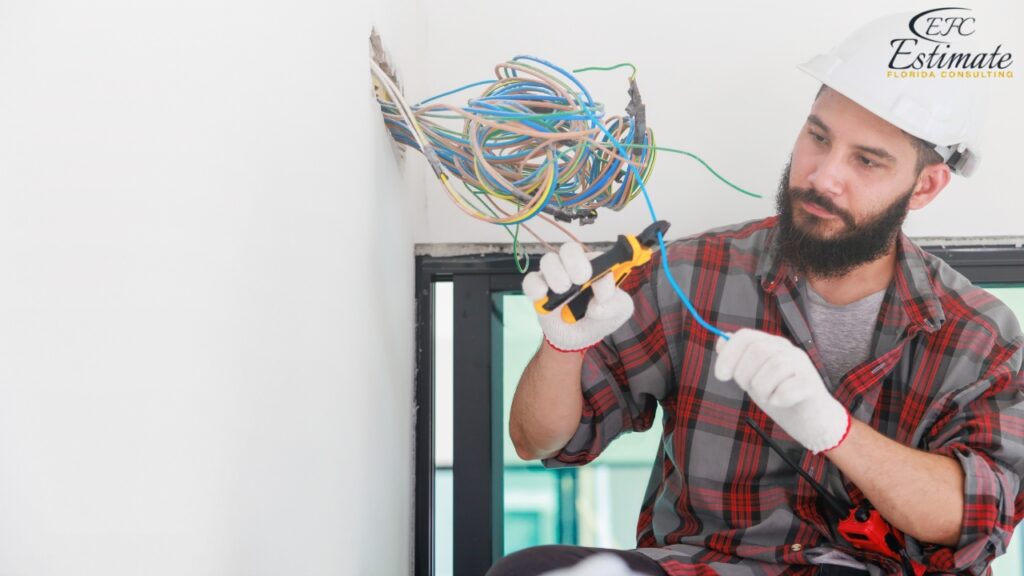
Lightning Protection
Cost Breakdown
In the lightning capital of the United States, skimping on lightning protection is like playing Russian roulette with Mother Nature. At $1 to $1.30 per square foot, it’s a small price to pay for peace of mind. Effective lightning protection systems are essential for safeguarding the building’s electrical infrastructure and ensuring the safety of its occupants during severe weather events. Investing in these systems can prevent costly damage and enhance the building’s overall resilience.
Component | Estimated Cost ($ per sq ft) | Total Estimated Cost |
Lightning Protection | $1 – $1.30 | $750,000 – $1,000,000 |
Necessity in Miami
Lightning protection is crucial in Miami due to the frequent thunderstorms. Proper protection systems help prevent damage to the building’s electrical infrastructure and ensure safety. These systems typically include lightning rods, grounding systems, and surge protectors, which work together to divert and dissipate the energy from lightning strikes, minimizing the risk of fires, electrical failures, and other potential hazards. Implementing robust lightning protection ensures the safety and longevity of the building’s electrical systems.
Factors Affecting Costs
High-End Finishes
If you’re going ultra-luxury, with smart home features in every condo and flashy architectural lighting, you could be looking at an additional $5 to $7 per square foot. That’s up to $7,000,000 extra, easy. High-end finishes not only enhance the aesthetic appeal of the building but also add to its market value, making them a worthwhile investment for developers aiming to attract high-paying tenants or buyers. These features contribute to the overall luxury experience, making the property more desirable and competitive.
Energy Efficiency Requirements
Miami’s pushing hard for greener buildings. LEED certification or compliance with the latest energy codes could add 5-10% to your electrical costs. But remember, this often pays for itself in lower operating costs down the line. Investing in energy-efficient systems and technologies can significantly reduce the building’s energy consumption, leading to lower utility bills and a smaller carbon footprint. Energy-efficient buildings are not only more sustainable but also more attractive to environmentally conscious buyers and tenants.
Specialized Systems
If your building includes a data center, high-tech security operations, or other power-hungry specialized systems, you could be looking at an additional $3 to $5 per square foot for those areas. These specialized systems often require dedicated electrical infrastructure, including uninterruptible power supplies (UPS), advanced cooling systems, and enhanced security measures to ensure their reliable operation. Investing in these systems ensures that critical operations run smoothly and securely, protecting valuable data and assets.
Site Conditions
Downtown Miami’s soil conditions and high water table can complicate underground electrical work. You might need to budget an extra $500,000 to $1,000,000 for specialized conduit and waterproofing. These site-specific challenges can add to the complexity and cost of the project, requiring careful planning and execution to mitigate potential risks and ensure the longevity and reliability of the electrical systems. Proper site assessment and preparation are essential for successful project completion.
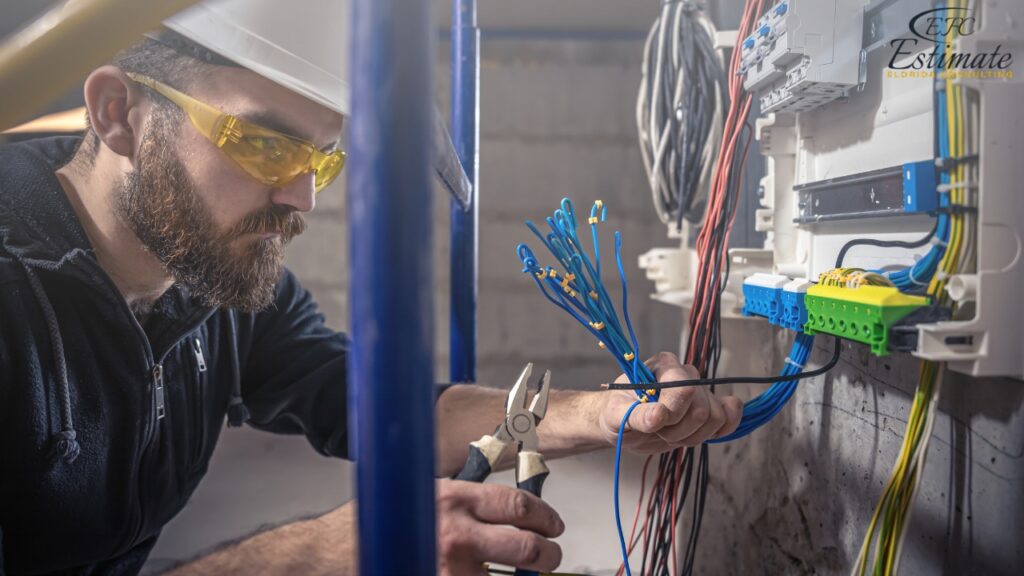
Market Conditions
The construction market in Miami is hotter than a summer sidewalk. Labor shortages and material price fluctuations could swing your costs by 10-15% in either direction. Staying abreast of market trends and securing materials and labor early can help mitigate these risks. Developing strong relationships with suppliers and contractors can also lead to more favorable pricing and better project outcomes.
Strategies to Optimize Electrical Budget
Value Engineering
By carefully analyzing your electrical loads and distribution, we might be able to downsize some equipment without compromising functionality. This could save you $1,000,000 to $2,000,000. Value engineering involves evaluating all aspects of the electrical system to identify opportunities for cost savings without sacrificing performance or safety. This approach ensures that the project remains within budget while meeting all operational requirements.
Energy Modeling
A comprehensive energy model can justify the use of more efficient (and often less expensive) systems. This could save you 5-10% on your HVAC-related electrical costs. Energy modeling involves simulating the building’s energy performance to identify the most cost-effective and energy-efficient solutions. This process helps optimize system design and operation, leading to significant long-term savings.
Procurement Strategies
With a project this size, bulk purchasing and strategic supplier relationships can shave 3-5% off your material costs. That’s up to $1,600,000 in potential savings. By negotiating bulk purchase agreements and establishing strong relationships with suppliers, you can secure better pricing and ensure timely delivery of materials. Effective procurement strategies are essential for managing costs and maintaining project timelines.
Phased Installation
By carefully sequencing your electrical installation, we can optimize crew sizes and reduce labor costs. This could save you 5-8% on labor, or up to $1,500,000. Phased installation involves planning the work in stages to align with project milestones and resource availability. This approach minimizes downtime, improves efficiency, and reduces overall labor costs. Proper planning and coordination are key to successful phased installation.
Technology Integration
Using the latest in Building Information Modeling (BIM) and prefabrication techniques can reduce on-site labor and minimize costly errors. This could save you 3-5% on your overall electrical costs. Technology integration involves leveraging advanced tools and techniques to improve project accuracy and efficiency. BIM allows for precise planning and visualization of the electrical system, while prefabrication reduces on-site work and associated risks. These technologies enhance project outcomes by improving coordination and reducing rework.
The Role of Estimate Florida Consulting
Detailed Load Analysis
We’ll scrutinize every electrical load in your building to ensure you’re not overbuilding your systems. This involves a thorough assessment of all electrical requirements, from lighting and HVAC to specialized equipment. By accurately sizing systems, we can prevent unnecessary costs and ensure optimal performance.
Download Template For Electrical Project Breakdown
- Materials list updated to the zip code
- Fast delivery
- Data base of general contractors and sub-contractors
- Local estimators
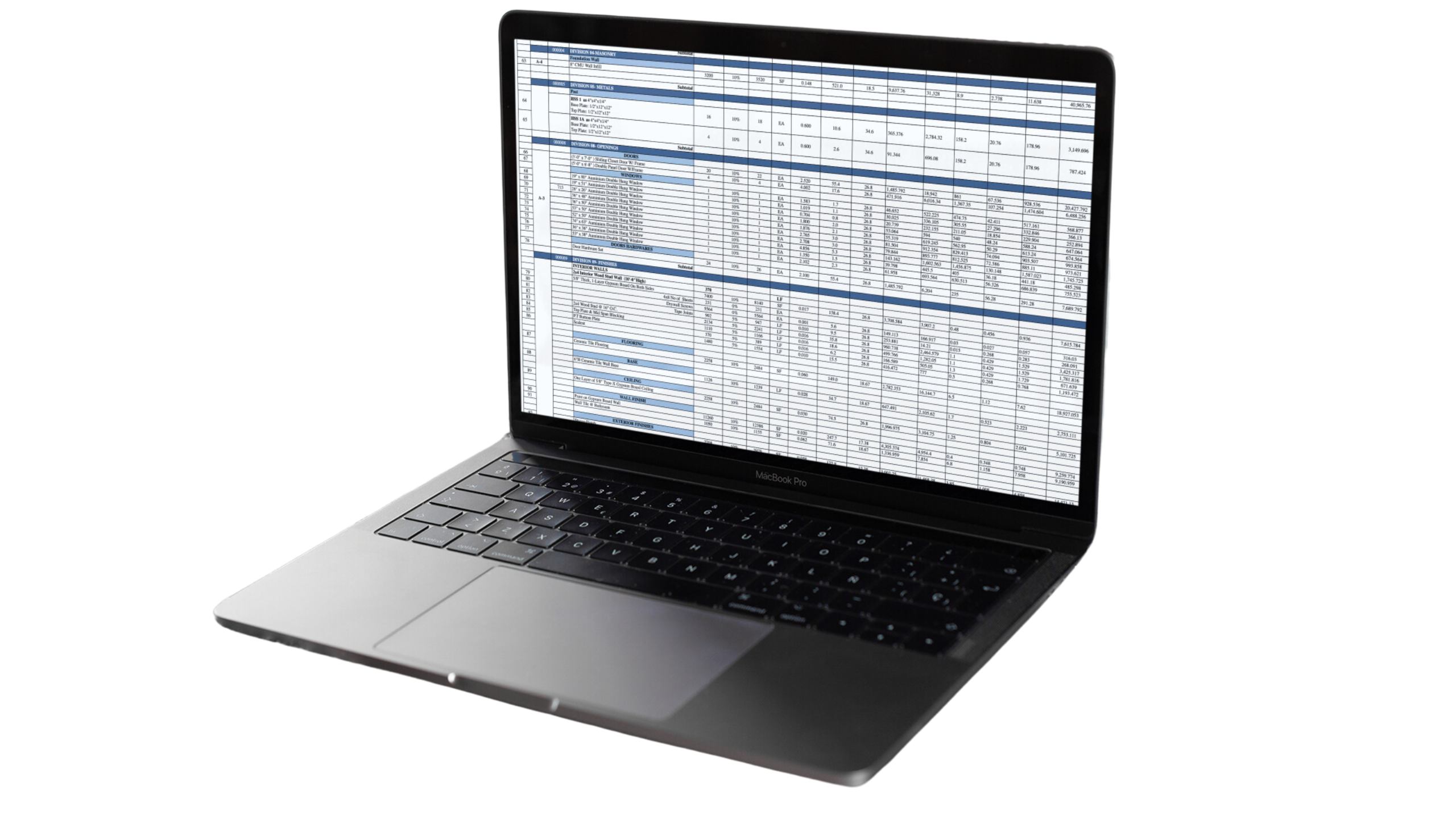
Code Compliance Expertise
We stay up-to-date with Miami’s ever-changing electrical codes to ensure your design is compliant without being excessive. This expertise helps avoid costly code violations and ensures that the electrical system meets all regulatory requirements. Staying current with code changes is essential for maintaining project compliance and avoiding delays.
Sustainability Strategies
We’ll help you navigate LEED certification and energy code compliance, finding the sweet spot between upfront costs and long-term savings. Our approach focuses on integrating sustainable practices that reduce environmental impact and operational costs. Achieving sustainability goals can enhance the building’s marketability and appeal to eco-conscious buyers and tenants.
Risk Mitigation
Our team identifies potential pitfalls and code issues early, preventing costly change orders down the line. By conducting comprehensive risk assessments and planning for contingencies, we help ensure that the project stays on track and within budget. Proactive risk management is crucial for avoiding unexpected costs and delays.
Cutting-Edge Technology
We use the latest in electrical design and estimation software to provide hyper-accurate cost projections. These tools enable us to model complex systems, optimize designs, and provide detailed cost estimates. Utilizing advanced technology enhances project planning and execution, leading to better outcomes and higher client satisfaction.
Conclusion
In Miami’s competitive luxury real estate market, the difference between a building that shines and one that fizzles often comes down to the quality and efficiency of its electrical systems. Accurate estimation is not just about preventing cost overruns; it’s about optimizing every aspect of the project to ensure value and performance. Partnering with Estimate Florida Consulting ensures that your high-rise project is powered by precision, expertise, and cutting-edge technology. Ready to ensure your Miami high-rise doesn’t short-circuit your budget? Reach out to Estimate Florida Consulting at (561) 530-2845. We’ll provide a free initial consultation that’ll give you a taste of how our precision can amp up your profits and prevent costly overruns.
FAQs
The total estimated electrical costs for a 50-story high-rise in Downtown Miami typically range from $22,750,000 to $32,000,000, covering main electrical service, branch circuit wiring, lighting, low voltage systems, emergency power, elevators, and lightning protection.
Energy efficiency requirements, such as LEED certification or compliance with the latest energy codes, can add 5-10% to electrical costs. However, these investments often result in lower long-term operating costs.
Cost optimization strategies include value engineering, energy modeling, strategic procurement, phased installation, and technology integration like BIM and prefabrication techniques.
Professional estimation and value engineering services often identify savings of 10-15% of total electrical costs. On a $32 million budget, that could translate to up to $4,800,000 in savings.
Key factors include high-end finishes for luxury spaces, stringent energy efficiency requirements, the need for robust emergency power systems due to hurricane risks, challenges posed by Miami’s soil conditions and high water table, and potential market volatility affecting labor and material costs.
Google Reviews

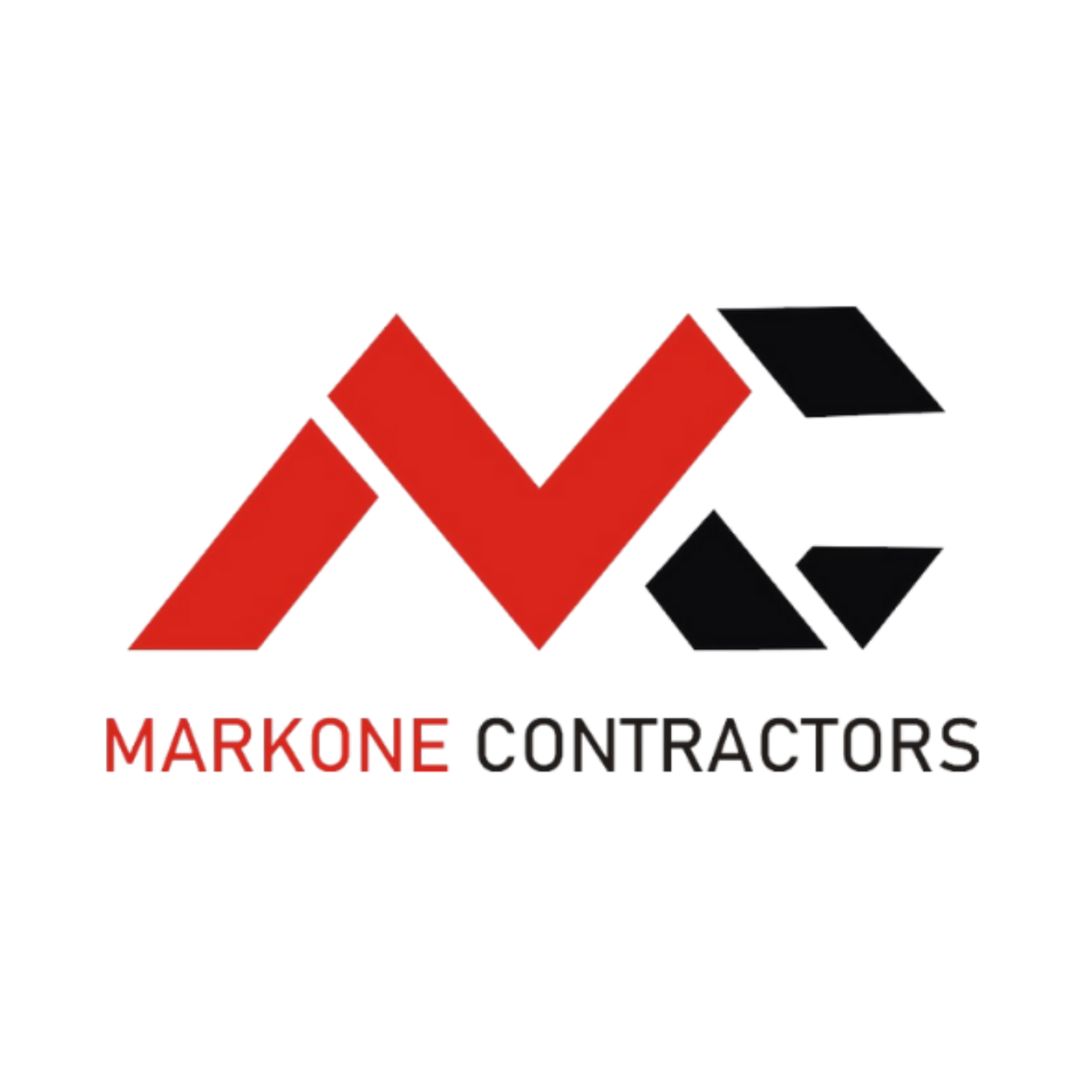

Process To Get Wiring a 50- High-Rise Estimate Report
Here I am going to share some steps to get wiring a 50-high-rise estimate report.
-
You need to send your plan to us.
You can send us your plan on info@estimatorflorida.com
-
You receive a quote for your project.
Before starting your project, we send you a quote for your service. That quote will have detailed information about your project. Here you will get information about the size, difficulty, complexity and bid date when determining pricing.
-
Get Estimate Report
Our team will takeoff and estimate your project. When we deliver you’ll receive a PDF and an Excel file of your estimate. We can also offer construction lead generation services for the jobs you’d like to pursue further.

